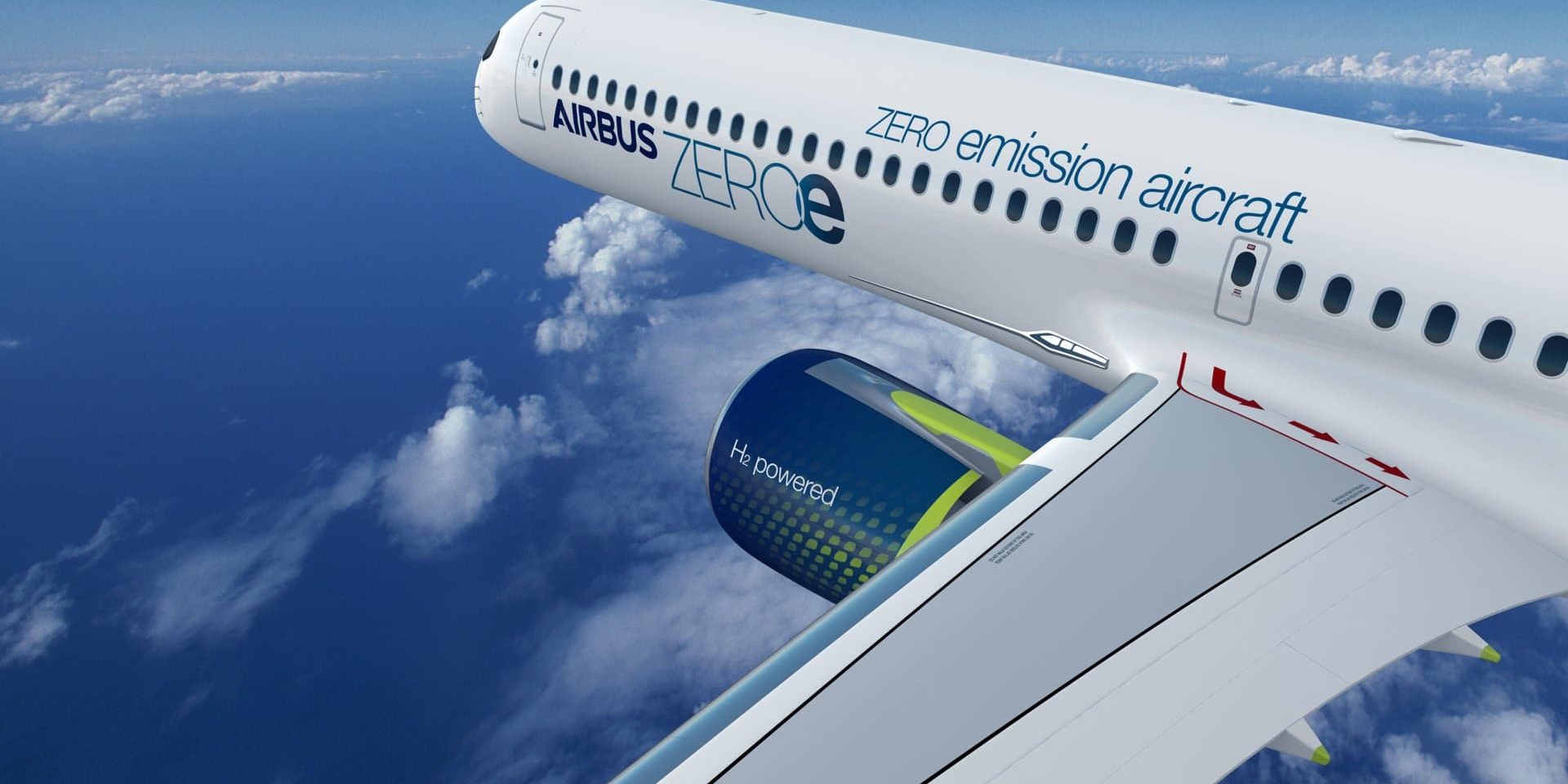Some people have a love-hate relationship with air travel. The greenhouse gases emitted by airlines is a well-known emitter of greenhouse gases. These gases are linked to climate change and global warming. This article shows you the history of ‘offsetting’ these emissions, and a range of ways you can choose to offset your flights. We are in the travel industry and certainly don’t want to guilt-trip anyone to either not travel nor to oblige anyone to offset their emissions. What we do want to do is present a range of ways, you can offset, if you choose to offset your emissions.
The emissions from an aircraft flight are calculated via the estimation of the fuel burnt per passenger, calculated by the number of seats that are occupied. There are a number of complicating factors such as economy vs 1st class seats, and many calculators take these into account. The approximate emission from the eastern-seabord of North America to France is 2557kg of CO2 (source Atmosfair). The implication of emissions is that they raise global temperatures by trapping solar energy in the atmosphere. It’s widely recognized that to avoid the worst impacts of climate change, the world needs to urgently reduce emissions. The researchers David Lee and his colleagues (2020) have calculated global emissions from aviation as 2.5% of total emissions of CO2, but that there are other impacts that mean they account for 3.5% of global warming. Water vapor trails from aircraft exhausts account for the largest share. Unfortunately, technology is not at the stage to decarbonize air travel. Though watch this space as Airbus and others work on hydrogen fuel cells. The goal of the Paris Accord is to achieve keeping the global temperature increase to well below 2°c above pre-industrial levels. Voluntary carbon offset credit market has the potential to play a major role in allowing society to continue to emit greenhouse gases, while striving to keep global warming under 1.5 degrees Celsius (2.7 degrees Fahrenheit) as stipulated in the Paris climate deal. Perhaps by offsetting the emissions from your flight you will be helping save planet earth?
arbon offsetting emerged in the late 1960s in the USA, as air pollution regulators determined different abatement scenarios for mitigating air pollution. The Kyoto Protocol of 1997 brought global attention to the problem, and the 1990 caps were set based on this comparable benchmark date. The first, and so far largest, carbon offsetting market, the United Nations’ clean development mechanism (CDM) was set up, and around 190 countries agreed country-by-country emissions reduction targets. One tonne of carbon offset represents the reduction of one tonne of carbon dioxide or its equivalent in other greenhouse gases. Over 8000 projects have since registerd with the scheme, and 2 billion carbon credits (representing 2 billion tonnes of CO2 have been avoided). Projects are usually based in developing countries and most commonly are designed to reduce future emissions, via clean energy technologies or soaking up CO2 directly from the air through the planting of trees.
It’s a simple matter to carbon offset flights, right? No, use this guide to choose how to purchase your carbon offset. While it might be a simple process to calculate the amount of CO2 from a return flight to Europe (for example with ICAO), and then find how to offset the flight via the airline (many airlines have carbon offset on their purchase page) or find a third party supplier. There is however a huge variation between offset programs and it can be difficult to decide which one to go with. When offsetting, it is important to go through an organization that is transparent, knows their stuff, and is creating meaningful and lasting impacts.

Follow these tips and your contribution will make a real difference:
- All projects should be accredited by internationally recognized Standards, such as Gold Standard or VCS. The projects all meet rigorous criteria and you can be sure they are legitimate.
- Make sure that the project was only made possible by carbon funding. If it would have happened anyway, it wouldn’t meet the Standards and your support is probably better directed elsewhere.
- Steer clear of organizations that promote solely tree planting projects. Forestry projects can be really impactful but make sure they go beyond the planting of trees by protecting existing forests and biodiversity, as well as providing community benefits. Offset projects could include for example wind farms which help to reduce the amount of non-renewable energy needed from the national grid.
- All projects should be listed on a registry and offset providers can use these to ‘retire’ projects and make sure the credit you have purchased isn’t resold or double counted.
- Carbon offsetting should be the last resort, and be done only after carbon footprints have been reduced as much as possible. If the offset provider isn’t offering advice and suggestions on how to do this, they might not be as concerned about the environment as you are.
- Knowledge sharing is vital when it comes to climate change to educate the public on why it is a problem and what we can do to mitigate it.
- Choosing to offset your footprint with a non-profit (or NGO) can be a great way to be sure the majority of your money is reaching the project you want to support.
- Many organizations are new to the field of carbon offsetting and may not have the technical expertise and established relationships when it comes to offsetting.
- A reputable and transparent organization will have information about their projects, methodologies, and quality assurance protocols on their website and be willing to answer your questions.
OK, here it is the list as determined by Josh Hurst, one of the experts at Eco watch :
- Best for Travel and Tourism – Sustainable Travel International
- Best for Air Travel – atmosfair
Atmosfair is a non-profit organization based in Germany. The organization’s goals are to offset carbon emissions, promote sustainable travel, and play a role in long-term energy transitions. They currently have projects in more than a dozen countries. Their big emphasis is on offsetting the environmental impact of air travel, so if that’s something that you’re passionate about, take a look at the atmosfair website.
Sustainable Travel International know that the best ways to support sustainability development in ecologically vulnerable areas is to invest in tourism industries in local communities. They help develop their tourist trades while also enacting important environmental protections. The website explores the work that has been done to minimize pollution and reduce emissions. And of course, you can purchase carbon offsets to help subsidize their work.
The price varies but atmosfair establishes a 59€ cost for the return (round-trip) flight from JFK to CDG based on an average airline. Some carbon offset calculations are less than this, and people have (in the past, when prices were at their lowest) said they are cheap. The reason is because, at present, there are all kinds of ways to reduce emissions inexpensively. A single low-energy lightbulb, available for just £1 or so, can over the space of six years save 250kg of CO2 – equivalent to a short flight. That’s not to say that offsetting is necessarily valid, or that plugging in a low-energy lightbulb makes up for flying. The point is simply that the world is full of inexpensive ways to reduce emissions. In theory, if enough people started offsetting, or if governments started acting seriously to tackle global warming, then the price of offsets would gradually rise, as the low-hanging fruit of emissions savings, would get used up.
Many climate specialists implore that carbon offsetting should not be seen as a long term solution, but as a stepping stone towards clean energy. Even though it has been conceived by scientists not industry, offsetting will remain convenient to the main polluters when prices remain low. Awareness and confidence in the offset process is needed for it to work, and this is missing. The writer George Monbiot famously compared carbon offsets with the ancient Catholic church’s practice of selling indulgences: absolution from sins in return for financial donations to the church.
A joint investigation into the offsetting schemes used by some of the world’s largest airlines carried out by the Guardian newspaper and Greenpeace’s investigative arm, Unearthed, found that although many forest projects were doing valuable work, many credits that they generated by preventing environmental destruction appear to be based on a flawed system. These credits were being used to back up claims of “carbon-neutral flying” and net-zero commitments, which might in fact not be the case. The system is based on projects that estimate the emissions they have prevented by predicting how much deforestation and land clearing would have occurred without them. The reductions are then sold on as credits. The investigation found predictions were inconsistent with previous levels of deforestation in the area and in some cases, threat to trees may have been overstated. Critics of forestry-based offsets say landowners that charge for submitting part of their land for carbon offsetting can still cut down another part of their forests to sell timber or allow for agriculture in what is referred to as leakage. While some of these concerns are valid, in truth most of the best-known carbon offset schemes have long-since switched from tree planting to clean-energy projects – from distributing efficient cooking stoves through to capturing methane gas at landfill sites.

Finally, note that Carbon Offset is also not 100% supported by governments. Airfrance released press releases in 2019 stating that it was going to offset 100% of its emissions of domestic flights. This did not sufficiently appease the French government who voted to prohibit short distance flights in France, favouring the TGV train system instead.

Do it, if you want to. Offset if you have a little extra budget. Offsetting alone is not the ultimate means to tackle climate change, but it’s one piece of the puzzle, a piece that people and businesses can put in place right now to be part of the solution. Carbon offsetting, while imperfect, can nevertheless make a positive impact, especially if you choose your carbon offset program wisely. Start your research with some of the options above and remember to augment your carbon offsets with other lifestyle changes at work or at home. If you want to take this ethos on board, you can also travel with us, and we do train journeys really well, or even simply use some of these tips to be more sustainable when you travel. Simply contact us for a tailor-made proposal.
Sources (these were all really helpful, and should be consulted in detail):








